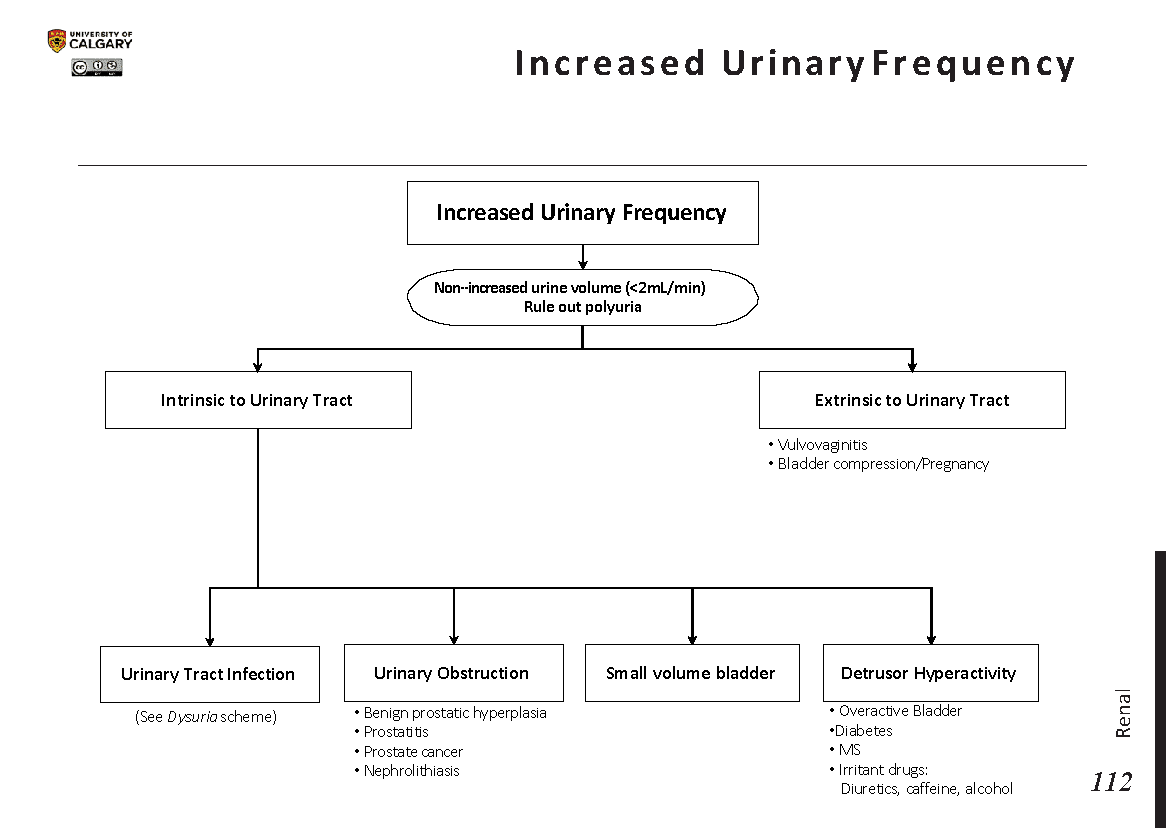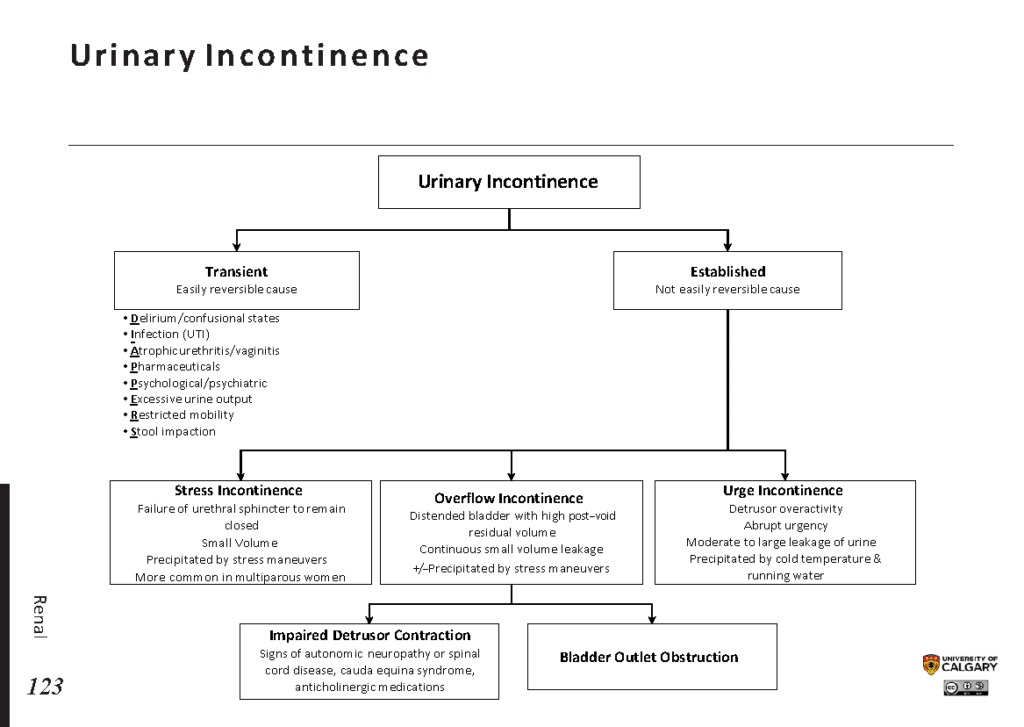An overactive bladder, often abbreviated as OAB, is a common condition that affects millions of people worldwide. It can significantly impact an individual’s quality of life by causing frequent and sudden urges to urinate. This article delves into the symptoms, causes, diagnosis, and treatments for this condition, offering comprehensive insights for those seeking to understand or manage it.

Symptoms of Overactive Bladder
The symptoms of an overactive bladder are distinct and can be easily recognized if one knows what to look for. These symptoms include:
- Frequent Urination: Individuals may find themselves needing to urinate more than eight times in a twenty-four-hour period.
- Urgency: A sudden and intense urge to urinate that is difficult to control.
- Nocturia: Waking up multiple times during the night to urinate.
- Incontinence: In some cases, individuals may experience involuntary loss of urine following a strong urge to urinate.
These symptoms can vary in severity and may lead to anxiety, sleep disturbances, and social withdrawal if left untreated.
Causes of Overactive Bladder
Several factors contribute to the development of an overactive bladder. Understanding these causes can help in both prevention and management of the condition.
Muscle Dysfunction
The bladder is a muscular organ that expands as it fills with urine. In an overactive bladder, the muscles of the bladder contract involuntarily, even when the bladder is not full. This abnormal contraction creates the urgent need to urinate.
Neurological Disorders
Certain neurological conditions can interfere with the signals between the brain and the bladder. Conditions such as Parkinson’s disease, multiple sclerosis, and stroke can disrupt normal bladder function, leading to symptoms of an overactive bladder.
Hormonal Changes
Hormonal fluctuations, particularly in women, can affect bladder control. For instance, menopause can lead to changes in the lining of the urethra and vagina, making them more susceptible to irritation and contributing to bladder issues.
Urinary Tract Infections
Infections in the urinary tract can irritate the bladder lining, causing increased urgency and frequency of urination. These infections should be treated promptly to prevent further complications.
Medications and Diet
Certain medications, such as diuretics, can increase urine production, while caffeine and alcohol can irritate the bladder. Both can exacerbate the symptoms of an overactive bladder.
Diagnosis of Overactive Bladder
Diagnosing an overactive bladder involves a thorough evaluation by a healthcare professional. The process typically includes several steps to rule out other potential causes of the symptoms.
Medical History
A detailed medical history is crucial in diagnosing an overactive bladder. Healthcare providers will ask about the frequency and urgency of urination, any instances of incontinence, and how these symptoms affect daily life.
Physical Examination
A physical examination may be conducted to check for any underlying conditions that could be contributing to the symptoms. This might include a pelvic exam for women or a prostate exam for men.
Urine Tests
Urine tests are performed to check for infections, blood, or other abnormalities that could indicate a different underlying issue. A urinalysis can help rule out urinary tract infections or other conditions.
Bladder Diary
Keeping a bladder diary can provide valuable information to healthcare providers. Patients are asked to record their fluid intake, urination frequency, and any episodes of urgency or incontinence over a few days.
Additional Tests
In some cases, additional tests may be necessary to confirm the diagnosis. These can include:
- Urodynamic Testing: Measures the pressure in the bladder and the flow of urine.
- Cystoscopy: A procedure where a thin tube with a camera is inserted into the bladder to examine its interior.
- Ultrasound: Uses sound waves to create images of the bladder and kidneys.
Treatments for Overactive Bladder
There are various treatment options available for managing an overactive bladder. The choice of treatment depends on the severity of symptoms and the underlying cause.
Lifestyle Modifications
Making certain lifestyle changes can significantly improve symptoms. These include:
- Dietary Adjustments: Reducing intake of caffeine, alcohol, and spicy foods can help minimize bladder irritation.
- Fluid Management: Drinking smaller amounts of fluids throughout the day and avoiding large quantities before bedtime can reduce nighttime urination.
- Weight Loss: Maintaining a healthy weight can alleviate pressure on the bladder.
- Bladder Training: Techniques such as scheduled voiding and delayed voiding can help retrain the bladder to hold urine for longer periods.
Physical Therapy
Pelvic floor exercises, also known as Kegel exercises, strengthen the muscles that support the bladder and urethra. These exercises can improve bladder control and reduce symptoms of urgency and incontinence.
Medications
Several medications are available to treat an overactive bladder. These medications work by relaxing the bladder muscles to prevent involuntary contractions. Commonly prescribed drugs include:
- Anticholinergics: Help calm an overactive bladder by blocking certain nerve signals.
- Beta-3 Agonists: Relax the bladder muscle, increasing its capacity to hold urine.
Advanced Treatments
For individuals who do not respond to lifestyle changes or medications, more advanced treatments may be considered.
Nerve Stimulation
This treatment involves using mild electrical pulses to stimulate the nerves that control the bladder. Techniques include:
- Percutaneous Tibial Nerve Stimulation: A needle is inserted near the ankle to send pulses to the sacral nerve.
- Sacral Neuromodulation: An implantable device delivers electrical impulses to the sacral nerves.
Botox Injections
Botulinum toxin injections into the bladder muscle can help reduce involuntary contractions. This treatment can be effective but may require repeat injections over time.
Surgery
In severe cases where other treatments have failed, surgery may be an option. Procedures can include increasing the size of the bladder or diverting urine flow to an external bag.
Living with Overactive Bladder
Managing an overactive bladder requires a combination of strategies tailored to the individual’s needs. Support groups and counseling can also be beneficial in helping individuals cope with the emotional and psychological impacts of the condition.
Education and Awareness
Educating oneself about the condition and staying informed about new treatments can empower individuals to take an active role in their care. Awareness campaigns can also help reduce the stigma associated with bladder issues.
Support Systems
Building a strong support system of family, friends, and healthcare professionals can make a significant difference in managing an overactive bladder. Sharing experiences and tips with others facing similar challenges can provide comfort and encouragement.





